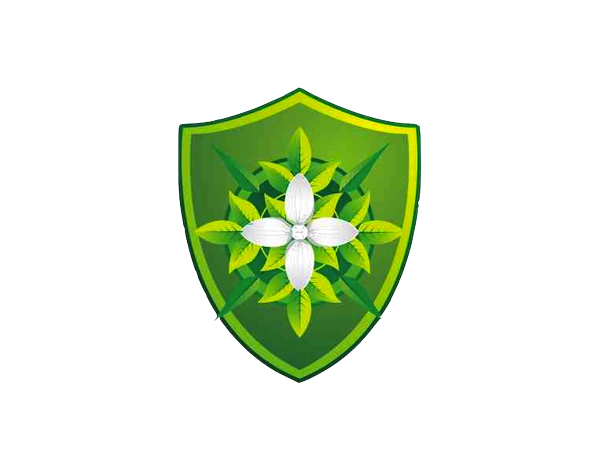Pre-Algebra Honors
Description
Students, as mathematic analysts, will investigate how advanced mathematics concepts can solve problems encountered in operating national parks. The purpose of this course is to study functions and develop skills necessary for the study of calculus. The Pre-calculus course includes analytical geometry and trigonometry. Pre-calculus is an Honors level course.
Major Topics and Concepts
Semester 1
· Functions
· Domain and range
· Rigid and non-rigid transformations
· Composition and arithmetic of functions
· Function inverses
· Solve and graph quadratic functions
· Characteristics of a polynomial function
· Rational Root Theorem, long and synthetic division, Fundamental Theorem of Algebra,
and DesCartes Rule
· Using the Intermediate Value Theorem and the Extreme Value Theorem
· Complex numbers as solutions to polynomial equations
· Domain and asymptotes of a rational function
· Analyze and graph a rational function with and without a calculator
· Analyze and graph the exponential function
· Analyze and graph the logarithmic function
· Properties of logarithms
· Exponential and logarithmic equations
· Angles in radians and degrees
· Define the trigonometric functions using the coordinates of a unit circle and using
a right triangle
· Evaluate the trigonometric function values of any angle measure
· Analyze and graph sine, cosine and tangent functions with and without a calculator
· Inverse trigonometric values
· Applications of right-triangle trigonometry
· Evaluate trigonometric values using identities
· Prove that a given equation is an identity
· Solve equations that contain trigonometric functions
· Applications involving solving trigonometric equations
· Use argument identities
Semester 2
· Use the Law of Sines and Law of Cosines to solve a triangle, including the ambiguous
case
· Applications of the Law of Sines and Cosines, including navigation
· Find the area of the triangle including Heron’s formula
· Vectors in the Plane: vector arithmetic, dot product, angle between two vectors
· Vectors in Space: vector arithmetic, dot product, cross product, and angle between
two vectors
· Arithmetic of Complex numbers using Vectors and DeMoivre’s Theorem
· Terms of a sequence, sigma notation
· Arithmetic sequences and series
· Geometric sequences and series
· Proof by Mathematical Induction, including divisibility proofs
· Analyze and graph equations that produce parabolas, ellipses and hyperbolas
· Parametric equations and graphs and conversion to rectangular form
· Parametric motion
· Domain and range of parametric equations
· Plotting points in the polar system
· Convert rectangular coordinates to polar coordinates
· Convert polar coordinates to rectangular coordinates
· Convert rectangular equations to polar equations
· Convert polar equations to rectangular equations
· Graphing polar equations
· Evaluating limits numerically
· Evaluating limits graphically
· Evaluating limits analytically
· Evaluating one-sided limits
· Continuity at a point, Types of discontinuities
